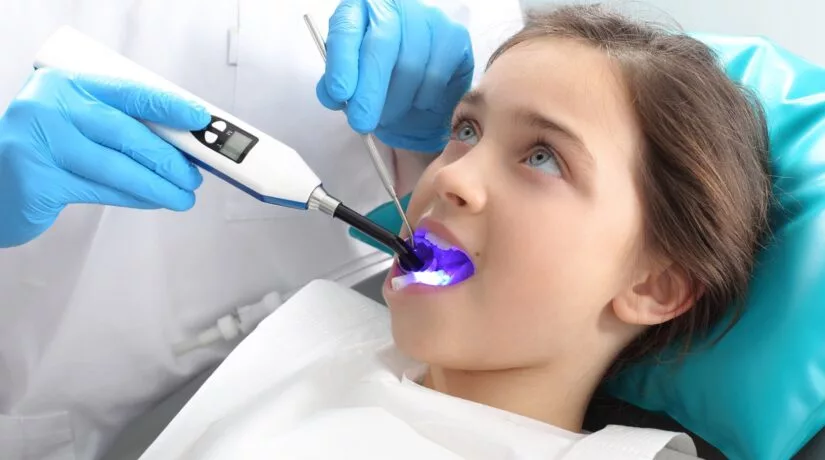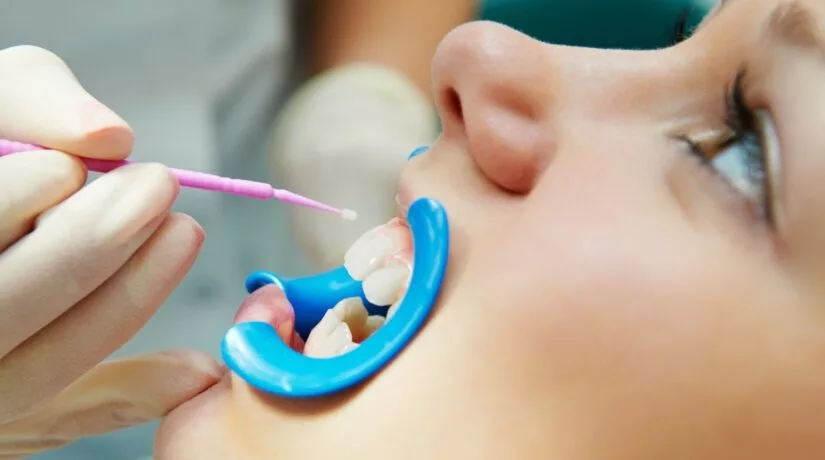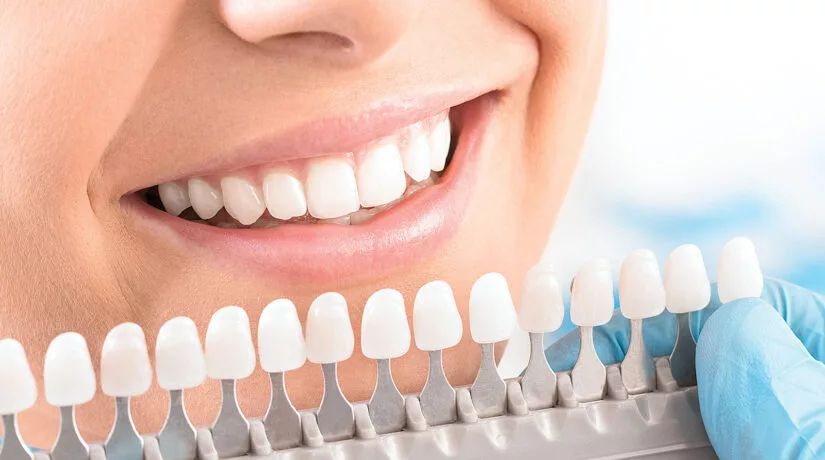![]() Bridle Trails
Family Dentistry - (425) 881-9333
Bridle Trails
Family Dentistry - (425) 881-9333
![]() Spring District
Family Dentistry - (425) 454-4298
Spring District
Family Dentistry - (425) 454-4298
![]() Bridle Trails
Family Dentistry - (425) 881-9333
Bridle Trails
Family Dentistry - (425) 881-9333
![]() Spring District
Family Dentistry - (425) 454-4298
Spring District
Family Dentistry - (425) 454-4298

Regular checkups for children are not only important, they also create healthy dental habbits. For routine care, most children should see a pediatric dentist twice a year. For your child’s comfort, we are willing to discuss preventative services, such as dental sealants, during these visits

We know that cavity prevention is a never-ending quest. Fortunately, there are many tools we use to help fight tooth decay. The obvious ones include brushing, flossing, and regular checkups. Another great way to fight cavities is the application of topical fluoride treatments.
Protect Your Enamel With Fluoride Treatments
Every day, your teeth’s enamel layer gains and loses minerals. Too much demineralization can lead to weakened teeth and increased cavity risk. Fluoride treatments have two major objectives. First, they make teeth more resistant to plaque and acid attacks. And second, they help teeth remineralize more quickly.

Sealants provide protection for your teeth by keeping plaque from forming in the tiny crevices of the chewing surfaces. Our team often recommends sealants for children because kids’ teeth have small depressions in them that make them harder to properly clean through brushing alone. Sealants coat these small indentations, forming a protective layer against plaque and decay.
Why Are Sealants Important?
Dental sealants are an effective preventative measure against cavities and tooth decay. They can be especially helpful if your child has a weakness for sweets and/or a hard time sticking to good dental cleaning habits. Sealants have been shown to reduce cavities by up to 80 percent and can last up to 10 years.
How We Can Help: We Can Easily Apply Sealants During Your Next Visit
The process of applying sealants is short, easy, and does not require drilling or the removal of any tooth structure. After the teeth are cleaned, a special gel is placed on the chewing surfaces for a few seconds. Each tooth is then washed and dried before the sealant is painted on. Typically, we also shine a special curing light on the tooth to help harden the sealant.

Fillings are a way to restore a tooth that has been damaged by decay and bring it back to its normal shape and function. When one of our doctors give you a filling, they will first remove all of the decay on the tooth and clean the area, and then they will fill the cleaned out cavity with a filling material. Once we have closed up the area, bacteria will not be able to enter, protecting the tooth from further decay. This doesn’t mean that you can stop brushing and flossing though. Without proper hygiene habits, decay can come back.
What Are Fillings Made Of?
Fillings are made of different types of materials. There are gold fillings, silver fillings (AKA) amalgam, composite resin fillings, and porcelain fillings. Our doctors use composite resin fillings.

Thumb-sucking can become an issue after permanent teeth develop, which usually happens around the age of six. The main problem is the alignment of the teeth. Sucking on the thumb can actually pull the front teeth outwards, widening the child’s bite and causing occlusal problems. These alterations can make it difficult for the upper and lower teeth to bite together properly.
Concerned about your child’s thumb sucking? Schedule a consultation.